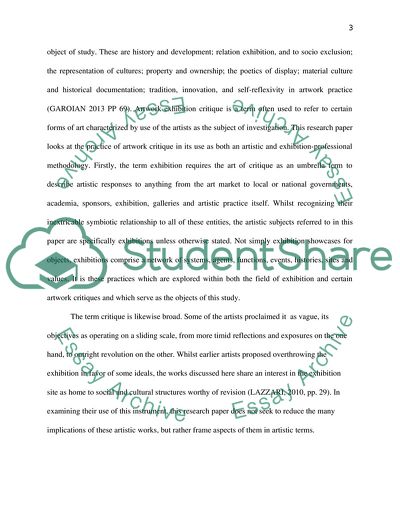Cite this document
(Key Ideas in Art and Design - Globalization Report, n.d.)
Key Ideas in Art and Design - Globalization Report. https://studentshare.org/visual-arts-film-studies/1856279-key-ideas-in-art-and-design-globalisation-research-paper
Key Ideas in Art and Design - Globalization Report. https://studentshare.org/visual-arts-film-studies/1856279-key-ideas-in-art-and-design-globalisation-research-paper
(Key Ideas in Art and Design - Globalization Report)
Key Ideas in Art and Design - Globalization Report. https://studentshare.org/visual-arts-film-studies/1856279-key-ideas-in-art-and-design-globalisation-research-paper.
Key Ideas in Art and Design - Globalization Report. https://studentshare.org/visual-arts-film-studies/1856279-key-ideas-in-art-and-design-globalisation-research-paper.
“Key Ideas in Art and Design - Globalization Report”. https://studentshare.org/visual-arts-film-studies/1856279-key-ideas-in-art-and-design-globalisation-research-paper.


